According to data compiled by Realtor.com in the fourth quarter of 2019, it is still more affordable overall to rent versus buy a home — but just barely. The median monthly mortgage payment at the end of 2019 was $1,600, while the median monthly rent payment was $1,319. This is largely due to steadily-increasing rates, rising home prices, and near-record-low mortgage rates.
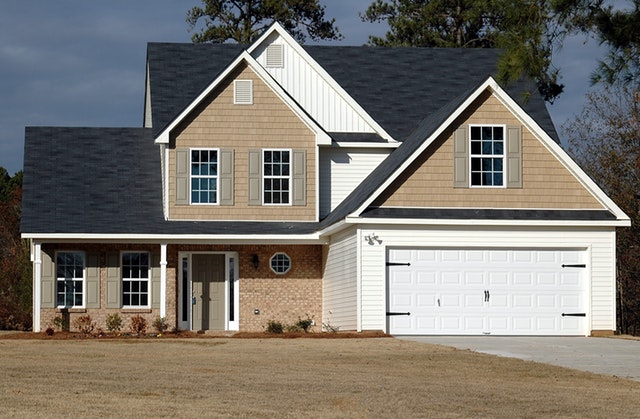 The Realtor.com study looked at 593 counties across the country. As compared to the fourth quarter of 2018, the average monthly cost of renting a home increased 4%, up from $1,254, while the average monthly cost of homeownership actually declined 1%, falling from $1,658. These numbers represent exactly 30% of a homeowner’s gross income and 25% for renters, based on median household income.
The Realtor.com study looked at 593 counties across the country. As compared to the fourth quarter of 2018, the average monthly cost of renting a home increased 4%, up from $1,254, while the average monthly cost of homeownership actually declined 1%, falling from $1,658. These numbers represent exactly 30% of a homeowner’s gross income and 25% for renters, based on median household income.
A Turning Tide
In a stunning 84% of the 593 counties that were part of the study, renting is less expensive than buying. The average home price in these areas is 260% higher than the national median, while rent prices average about 79% more than the national median.
Interestingly though, 26 of the 593 counties experienced the opposite for the first time ever: It became more affordable to purchase a home than to rent, even if only by a narrow margin. The largest metropolitan areas in which homeownership is more economical than renting now include Bronx County, New York; the greater Cleveland area; Columbia, South Carolina, and the surrounding areas; Indianapolis, Indiana; and Camden County, New Jersey, which includes Philadelphia, as well as cities in Maryland and Delaware. In 16% of the counties analyzed, buying a home is less expensive monthly than renting, which is up from 12% in 2018.
On the other end of the spectrum, several large counties made the switch from being more affordable to buy a home to more affordable to rent. The top five include the Wichita Falls, Texas, area; Harrisburg-Carlisle, Pennsylvania; Luzerne County, Pennsylvania; the Greensboro, North Carolina metro area; and Craven County, North Carolina.
With the costs of homeownership becoming more favorable over the past year, the gap between renting and buying a home is more narrow than it ever has been in the U.S. If you are in the market for a new home, be sure to contact your trusted real estate professional.
 Home mortgage rates slipped to their lowest rates on record as uncertainty over the coronavirus continued to impact financial markets. Freddie Mac reported lower average mortgage rates for fixed and adjustable-rate mortgages.
Home mortgage rates slipped to their lowest rates on record as uncertainty over the coronavirus continued to impact financial markets. Freddie Mac reported lower average mortgage rates for fixed and adjustable-rate mortgages.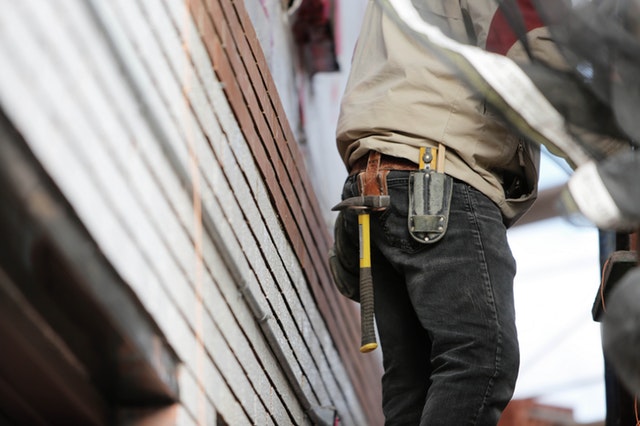 There are many homeowners who hire contractors to make repairs or upgrades on their homes. It is critical for home improvement contractors to follow all rules and regulations set forth by the law. These regulations have been set forth under the Home Improvement Consumer Protection Act, or HICPA.
There are many homeowners who hire contractors to make repairs or upgrades on their homes. It is critical for home improvement contractors to follow all rules and regulations set forth by the law. These regulations have been set forth under the Home Improvement Consumer Protection Act, or HICPA. 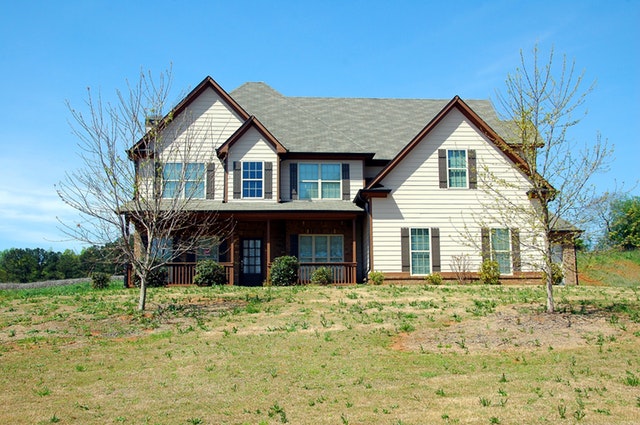 Investing in real estate remains one of the best ways to accumulate wealth in America. There are six ways to get started in real estate investing. One way does not require any investment capital, just an investment of your time. Ways to get started include investing in a REIT, buying an incoming-producing property, using a buy-and-hold strategy, flipping houses, crowdfunding, and wholesale deals.
Investing in real estate remains one of the best ways to accumulate wealth in America. There are six ways to get started in real estate investing. One way does not require any investment capital, just an investment of your time. Ways to get started include investing in a REIT, buying an incoming-producing property, using a buy-and-hold strategy, flipping houses, crowdfunding, and wholesale deals.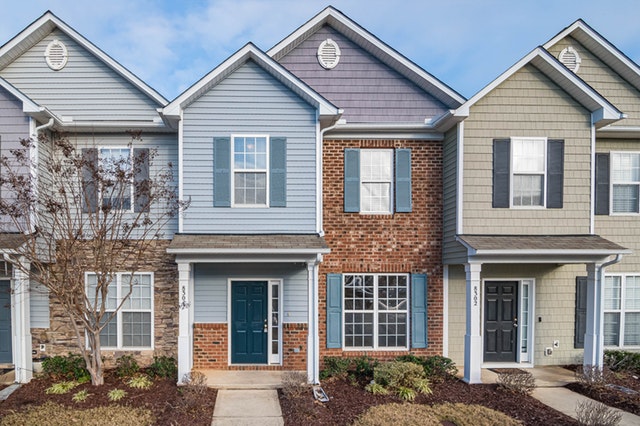 The vast majority of people are going to move at least once in their life. Moves can vary in distance. Sometimes, these moves are across town. Other times, they might be across the country. Regardless of the distance, is important to find a neighborhood that fits both the budget and lifestyle.
The vast majority of people are going to move at least once in their life. Moves can vary in distance. Sometimes, these moves are across town. Other times, they might be across the country. Regardless of the distance, is important to find a neighborhood that fits both the budget and lifestyle.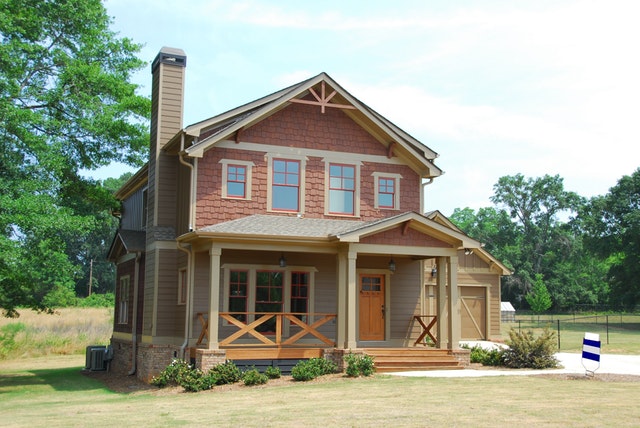 For most individuals and families, their home is the most expensive investment they will ever purchase. Therefore, it is important for everyone to take care of their home. Routine maintenance can prevent costly repairs from arising down the road.
For most individuals and families, their home is the most expensive investment they will ever purchase. Therefore, it is important for everyone to take care of their home. Routine maintenance can prevent costly repairs from arising down the road.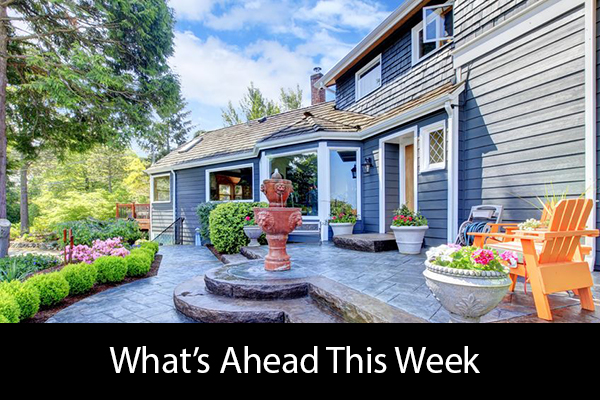 Economic readings released last week included Case-Shiller and FHFA Home Price Indices and reports on new and pending home sales. The week wrapped up with a report on consumer sentiment and weekly readings on mortgage rates and new jobless claims.
Economic readings released last week included Case-Shiller and FHFA Home Price Indices and reports on new and pending home sales. The week wrapped up with a report on consumer sentiment and weekly readings on mortgage rates and new jobless claims. Think of backyard space as “in-between” or transitional space that is a bit like being inside while being outside. Sunrooms, screened-in covered patios, outdoor kitchens, spas, fire pits and more, are all becoming very popular ways to make more use of the backyard. Making use of the outside area is not limited to only the times of the year that have nice, warm weather.
Think of backyard space as “in-between” or transitional space that is a bit like being inside while being outside. Sunrooms, screened-in covered patios, outdoor kitchens, spas, fire pits and more, are all becoming very popular ways to make more use of the backyard. Making use of the outside area is not limited to only the times of the year that have nice, warm weather. There are two times when it is best to buy a home. When you have to buy one and when you can afford to buy one. In general, owning a home is better than renting one because you are building up equity for yourself, instead of throwing your money away by helping the landlord buy the property with your rent money.
There are two times when it is best to buy a home. When you have to buy one and when you can afford to buy one. In general, owning a home is better than renting one because you are building up equity for yourself, instead of throwing your money away by helping the landlord buy the property with your rent money. Heading to a new place can be an exciting time; however, this is going to have an impact on someone’s relationships with family members and friends. The idea of relocation can be stressful for these emotional attachments. This can cause some hesitation as individuals and families adjust to living in a new place.
Heading to a new place can be an exciting time; however, this is going to have an impact on someone’s relationships with family members and friends. The idea of relocation can be stressful for these emotional attachments. This can cause some hesitation as individuals and families adjust to living in a new place.